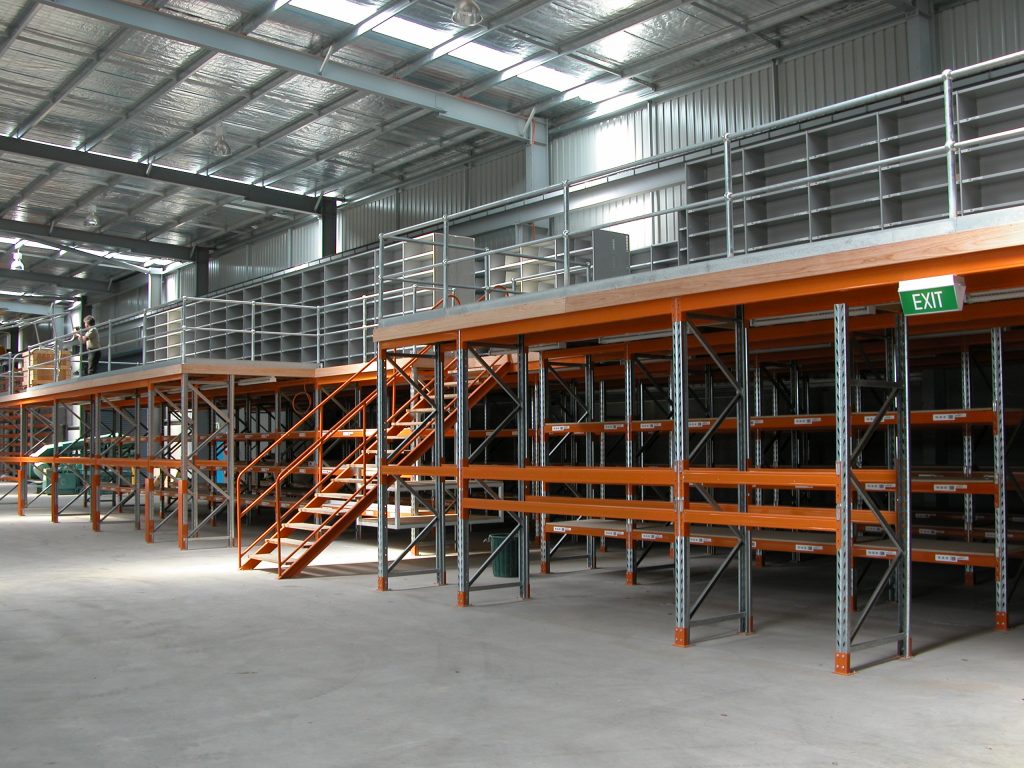The new Australian Standard covering the design of steel storage racking systems, AS4084-2012 was released 29/2/12. It is important that all users are aware of the changes and their responsibilities under the new standard.
Improving Safety
Standards play a vital role in ensuring workplace safety on a day-to-day basis. The new Australian Standard brings Australia up to date with the latest international knowledge and experience in the design of storage systems and cold-formed steel structures.
Racking is a system, not a product
End users of storage systems invariably view the equipment as a standard “product” that either satisfies the standard or it doesn’t. This view would never be held in relation to buildings or bridges, each example of which is custom designed by engineers on its merits.
The same philosophy is true for steel racking systems – although the components may be “standard”, the issue of compliance with the standard depends on how these standard components are interconnected to make a system, the level of load it is required to hold, the presence or absence of seismic loads etc. Simply put: compliance with AS4084-2012 is a rack-by-rack, application-dependant proposition.
That’s why the role of the designer is so important – it is their task to create systems that are fit for purpose, meet the user’s requirements and budget, plus provide acceptable safety margins to ensure safe, long-term operation.
When it comes to day-to-day operation however, the onus of responsibility to ensure the systems are being properly used and maintained, and continue to meet the standard, falls squarely on the user.
Key changes to design philosophy
The major change in the new standard is the switch from using a “permissible stress” design philosophy to a “limit states” design approach – a move which brings the standard into line with the relevant cross-referenced companion Australian standards, including AS/NZS4600: 2005 Cold Formed Steel Structures and AS4100-1998 Steel Structures.
Other changes in the new standard include vastly expanded and improved testing provisions and the inclusion of advanced methods of structural analysis and finite element analysis.

